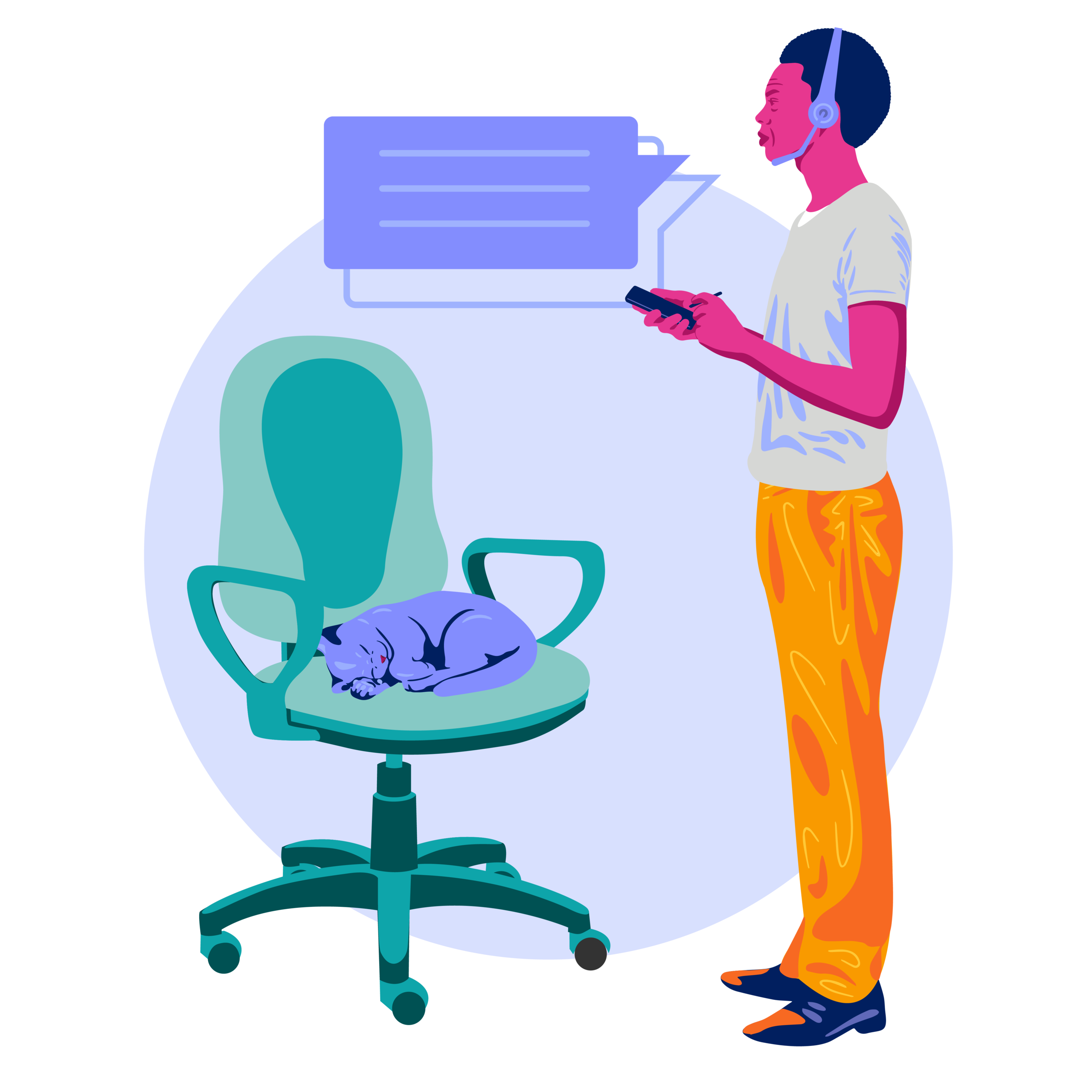
Get started with
Pega Community
Pega Community is designed to streamline your journey with Pega. Learn how to make the most of your experience here and find all you need for project success.

Learn to use Pega Community
Welcome to Pega Community! Learn how to make the most of your experience here and get a head start on your Pega journey.
Whether you are an experienced Pega professional, or just getting started on your Pega journey, setting up your Pega Account helps you share your information with other users, showcase skills and achievements, and keep track of ongoing projects.
Set up notifications to follow interesting topics and product news, and be the first one to know when new content is published on Pega Community.
Interested in a particular topic? Bookmark your favorite Pega Community hubs to get the latest content for products, capabilities, or concepts that interest you.
Join expert-led webinars or watch event replays to take a deeper dive into Pega technology, broaden your knowledge, and learn more about your favorite topics.
Our AI-powered search experience allows you to search for all types of content across Pega Community and find the resources you need in a matter of seconds.
Learn to implement Pega solutions
Start your first Pega project in no time with a variety of training options and implementation resources.
Visit Pega Academy: your go-to training spot for learning Pega technology. Choose a learning path based on your skill set. Gain industry-recognized certifications and badges.
Stay up to date with latest technical documentation for your product. Pega Documentation gives you instant access to countless articles, instructions, product release notes, and more. Visit Pega Previous Documentation to get resources for product versions prior to 8.7.
Visit our Video Library to troubleshoot, explore product how-tos, or watch TechTalks with Pega experts. A variety of curated video series helps you broaden your knowledge on Pega technology and polish your professional skills.
Find a Pega role that matches your skills and interests and get hand-picked resources to streamline your daily work and ensure project success.
Create your implementation team and align relevant resources to your specific goals while ensuring they maintain current knowledge to keep your projects moving with My Pega.
Visit Pega Marketplace to enhance the value of your Pega software. Choose from a range of add-ons and free solutions created by the Community and verified by our team.


Check what's new in Pega technology
Discover new product features, browse Pega technology updates, and update your Pega product to the latest version.
Keep an eye on What's New hubs to know about upcoming releases and new product features. Find info on the newest Pega technology enhancements and updates.
Looking for a quick overview of updates and new features in the latest version of your Pega product? Watch What's New videos and hear all about it from Pega product experts.
Looking for implementation resources for the latest release of your Pega product? Browse Pega Documentation to quickly find all the resources you need.
Find support for your project
Browse through available resources or reach out to our support team to quickly get product help.
Visit Pega Support Center to connect with your fellow Community members and quickly find product support. Join ongoing discussions or help others out by answering questions.
Having trouble finding the answers you're looking for? Raise a request with our team through My Support Portal.
Get support through Communities of Practice: hands-on Pega professionals within your area of expertise. Discuss solutions and share tips and best practices.


FAQs
Pega Community is a multi-purpose, community-driven portal for learning how to use Pega and how to implement Pega solutions. It offers opportunities for networking, knowledge sharing, and finding support, as well as for starting and advancing a career with Pega. It's designed to serve both users that are just starting their journey with Pega and experienced Pega developers, managers, and professionals. Pega Community serves as a gateway and offers an easy introduction to sites such as Pega Academy, Pega Documentation, or Pega Support Center.
Go to Pega Academy to find the latest training, exams, and certification options for Pega products and Pega roles.
Pega Documentation offers easy access to Pega product documentation and other implementation resources. Visit Pega Previous Documentation to find resources for product versions prior to 8.7.
Pega roles refer to various roles and responsibilities individuals can take within Pega projects in their organization. There are four main groups of Pega roles, including Pega Developers, Pega Business Architects, Pega 1:1 Operations, and Pega Experience Designers. Pega Community offers a broad range of resources for each role, including training, events, blogs, documentation, certification options, and more. Find out which Pega role best matches your skillset.
There are many available options to find support for your Pega products and projects.
- Find answers to most common issues by browsing Pega Support Center, the official forum experience for Pega professionals and implementors. You can also ask questions or start discussions to get support from other users and Pega experts or browse Support Docs.
- Raise a ticket in My Support Portal to report an issue with your Pega software and get support from our team.
- Contact Pega's helpdesk to get in touch with our Support Team.
View How to get support to learn more.
